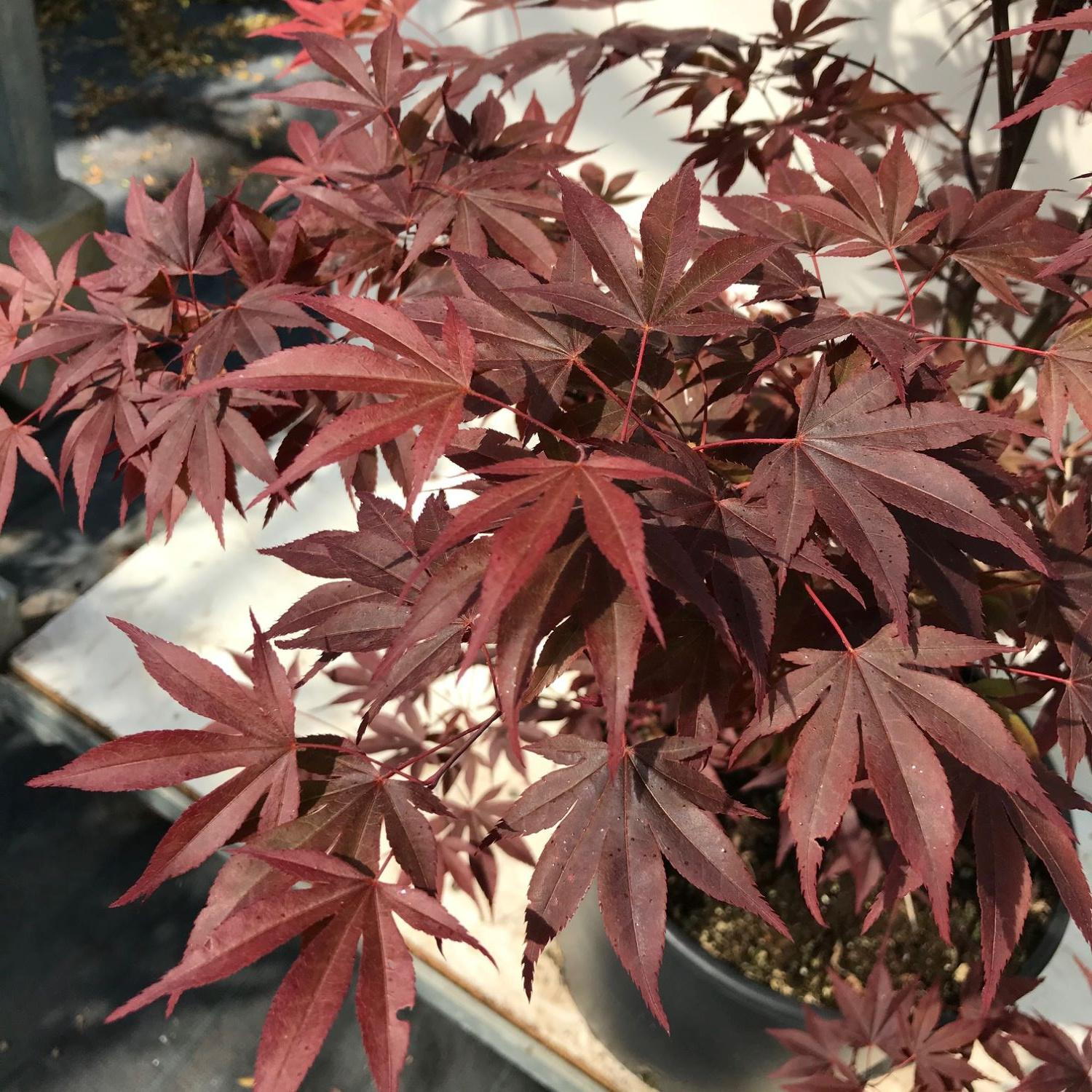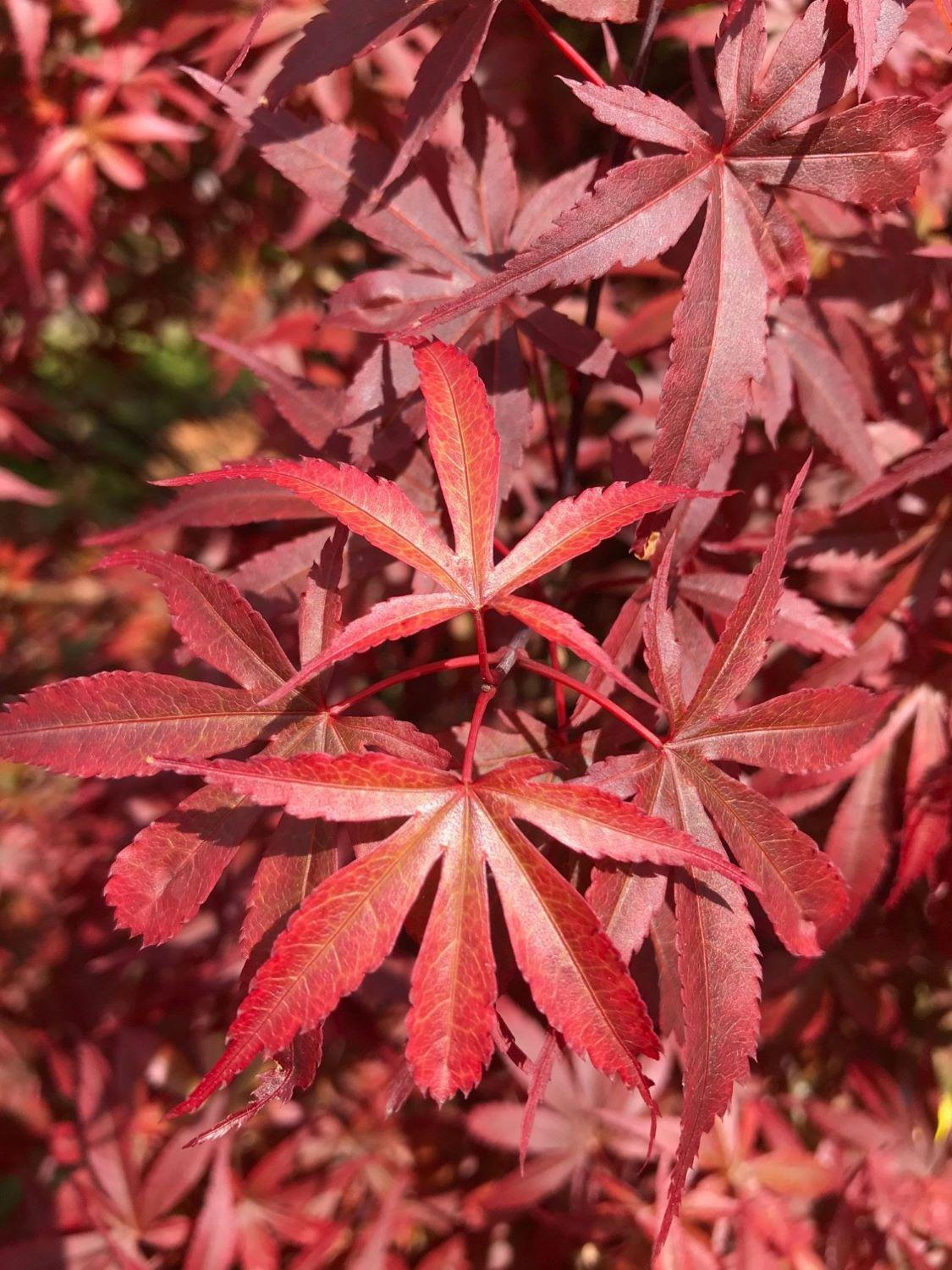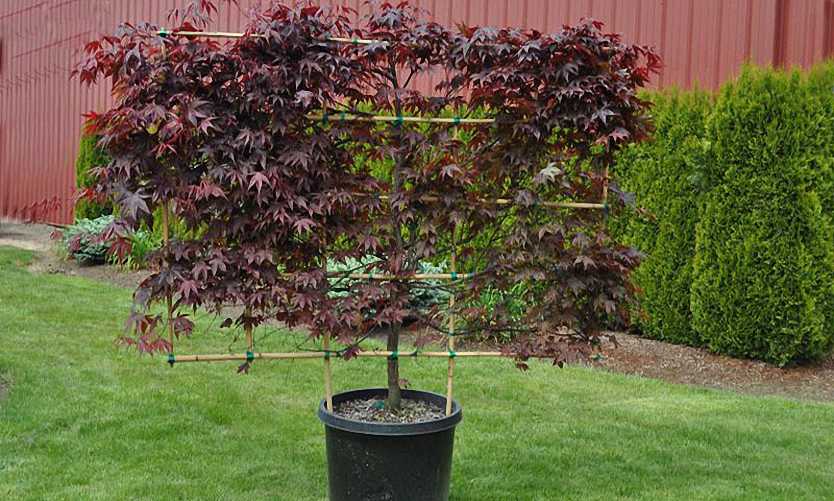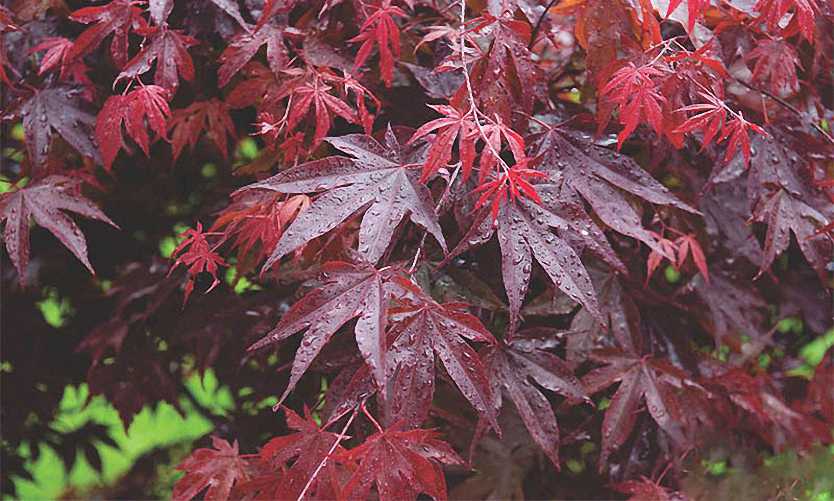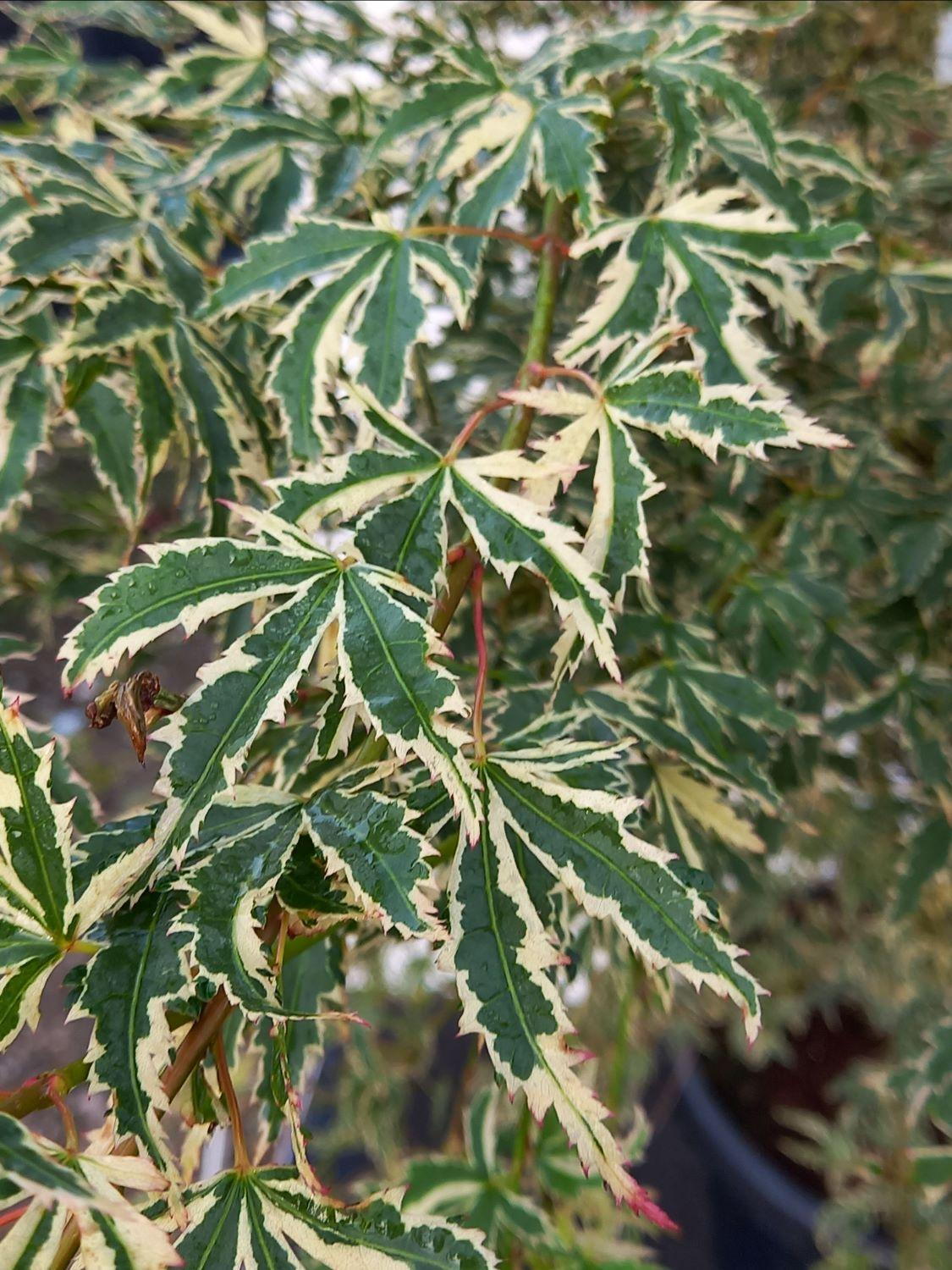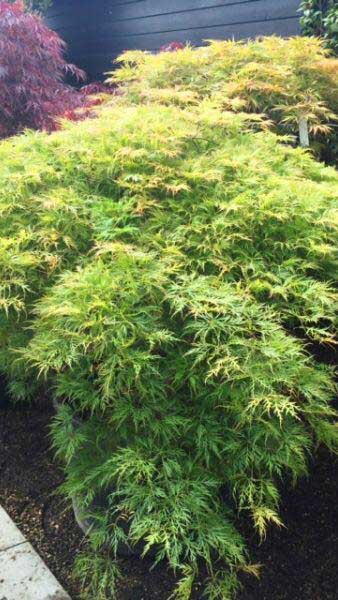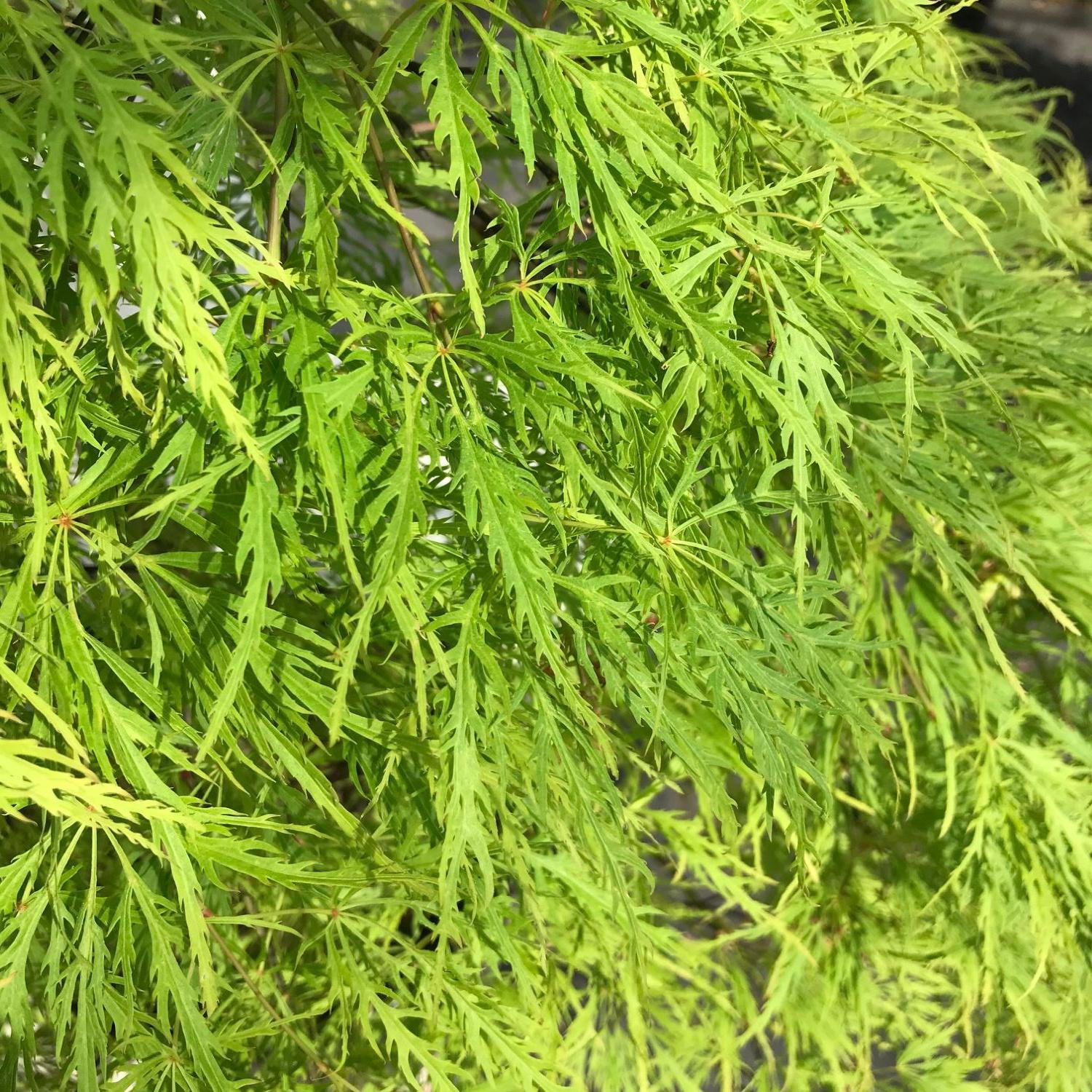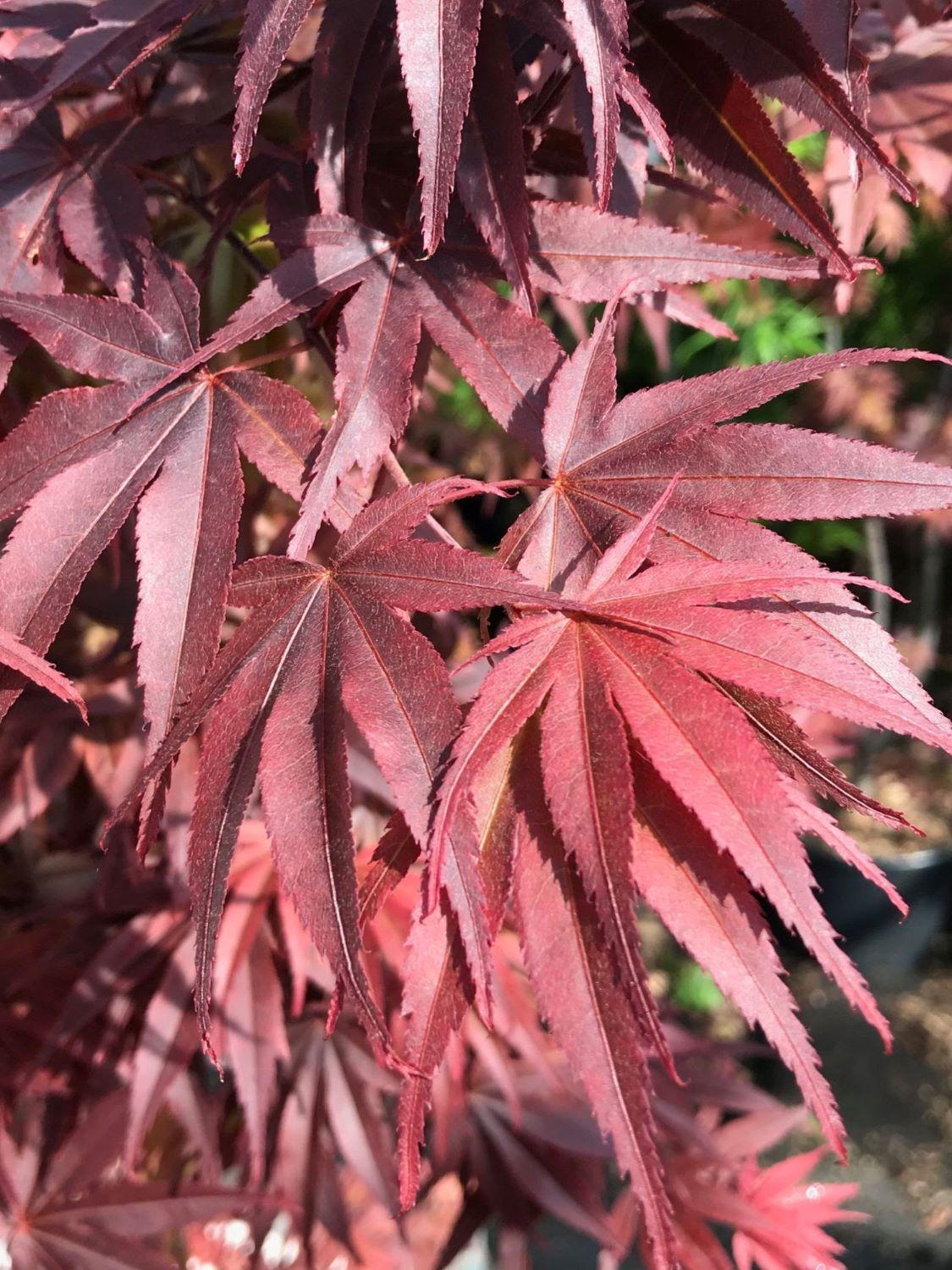
Mærke
- Acer 10.379
- Powery 5.951
- Svedberga Plantskola AB 1.788
- Volentis 333
- Paramount Plants & Gardens 176
- IBM Lenovo 169
- eMachines 150
- Australian Council for Educational Research (ACER) 146
- Packard Bell 106
- Garden Plants Oline 92
- CoreParts 87
- Barbour 85
- WHISTLER 78
- CS 74
- Megyeri Kertészet – SZK 70
- DR.GIORGINI SER-VIS Srl 65
- Megyeri Kertészet – NYA 63
- Plantetorvet 56
- Herbatint 55
- Green Cell 45
- Megyeri Kertészet – VAN 29
- Megyeri Kertészet – GUR 27
- Montane 27
- AI-Products 25
- PSA-CBI 22
- Akyga 20
- GIORGINI SER-VIS SRL 20
- AI_5 16
- Rivacase 16
- Lernberger Stafsing 14
- NOX 13
- PROMOPHARMA SpA 13
- Dell 11
- Gateway 11
- CENTO FIORI 10
- LEGARE STREET PR 10
- No name 10
- OH INTERNATIONAL Srl 10
- Prestigious Textiles 10
- Lundhede hæk 9
- Qoltec 9
- Creative Media Partners, LLC 8
- Legare Street Press 8
- MTP Products 8
- Nedis 8
- TooQ 8
- compart_smallpart 8
- 2-Power 7
- AI6 7
- ORTIS LABORATOIRES PGMBH 7
- compart_battery 7
- ERBA VITA GROUP SpA 6
- Megyeri Kertészet – JAK 6
- NUTRIGEA 6
- CEMON Srl 5
- ESI Srl 5
- Goobay 5
- PHARMALIFE RESEARCH Srl 5
- PRIM 5
- PSA-CBP 5
- SANTIVERI Sa 5
- cover_galaxy 5
- laptop_brugt_acer 5
- ALCHIMIA BENOIT Srl 4
- AXAGON 4
- Abrams 4
- AcuPharma A/S 4
- Asus 4
- AuthorHouse 4
- BIOGROUP SpA SOCIETA' BENEFIT 4
- DIBI Milano 4
- Delight 4
- ERBA VITA 4
- Ewent 4
- Hama 4
- Innersense 4
- Judy Bloodgood Bander 4
- Megyeri Kertészet – BOO 4
- NAVA 4
- PROMO PHARMA 4
- Portatilmovil 4
- QIU TIAN Srl 4
- Taylor & Francis Ltd 4
- City Owl Press 3
- ERBAMEA Srl 3
- ERBENOBILI 3
- FARMADERBE Srl 3
- HASSELL STREET PR 3
- IST.GANASSINI SpA 3
- Megyeri Kertészet – ORO 3
- NUTRIGEA Srl 3
- Noname 3
- ORTIS LAB. 3
- Ortis Lab 3
- PROSALUX Srl 3
- Toshiba 3
- Trieste Publishing 3
- VITRA 3
- goobay 3
- ANTICA ERBORISTERIA SpA 2
Farve
Størrelse
Køn
Butik
- Power Laptop 9.489
- Batteri-butik.dk 5.954
- Svedberga.com 1.788
- Proshop.dk 607
- PCLAND 395
- Svedberga Plantskola AB 333
- SkiftSelv.dk 221
- Skiftselv.dk 209
- Megyeri Kertészet 206
- Batteribyen.dk 195
- Paramount Plants 176
- Plusbog.dk 159
- FarmaWeb.it 153
- Farmacia Reale FI 142
- Garden Plants Online 92
- Boozt.com 75
- Huma.dk 65
- Naturoghelse.dk 62
- Plantetorvet.dk 56
- Coolpriser.dk 48
- Bogreolen.dk 43
- Tales.dk 41
- Booztlet.com 37
- Geekd.dk 35
- Sellpy.dk 25
- Booztlet 24
- Friliv 24
- CC-Trading 23
- MyTrendyPhone.dk 23
- Lundhede.com 21
- Boozt.com - available 15
- ren-velvaereshop.dk 15
- Teco Office 14
- Booztlet PL 12
- Av-Cables 11
- Elextra.dk 10
- FARMA23.it 9
- END Clothing 8
- Datamarked.dk 7
- Farmaciasdirect.es 6
- PrimaNet 6
- Your Stylish Home 5
- Zenga Interiors 5
- Bramming Electronic 4
- Bramming Electronic ApS 4
- Dinapoteker.dk 4
- Esteticamente Shop 4
- Kosmos Renew 4
- LuisaViaRoma.com 4
- Batterinet.dk 3
Pris (EUR)
- <5 73
- 5 - 10 478
- 10 - 20 3.860
- 20 - 50 6.874
- 50 - 100 6.350
- 100 - 200 800
- 200 - 500 1.077
- >500 1.390
